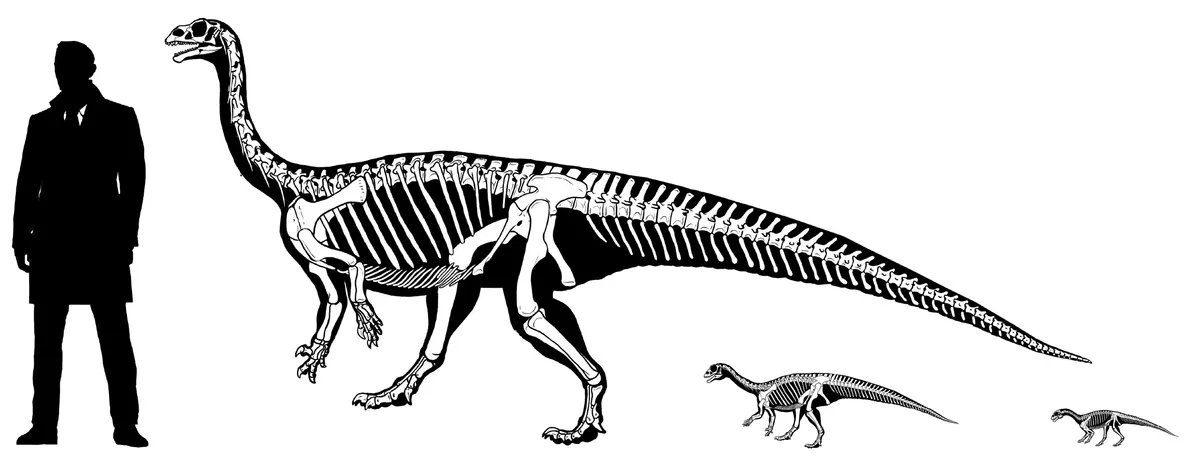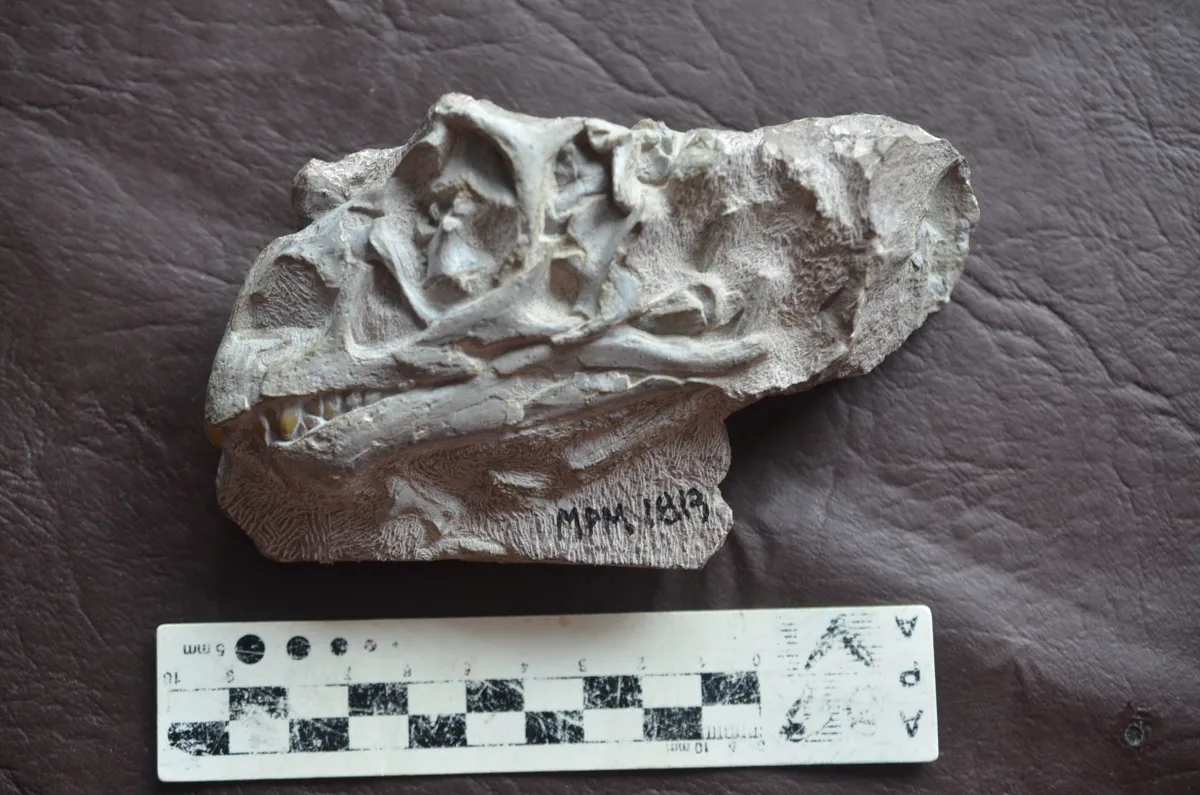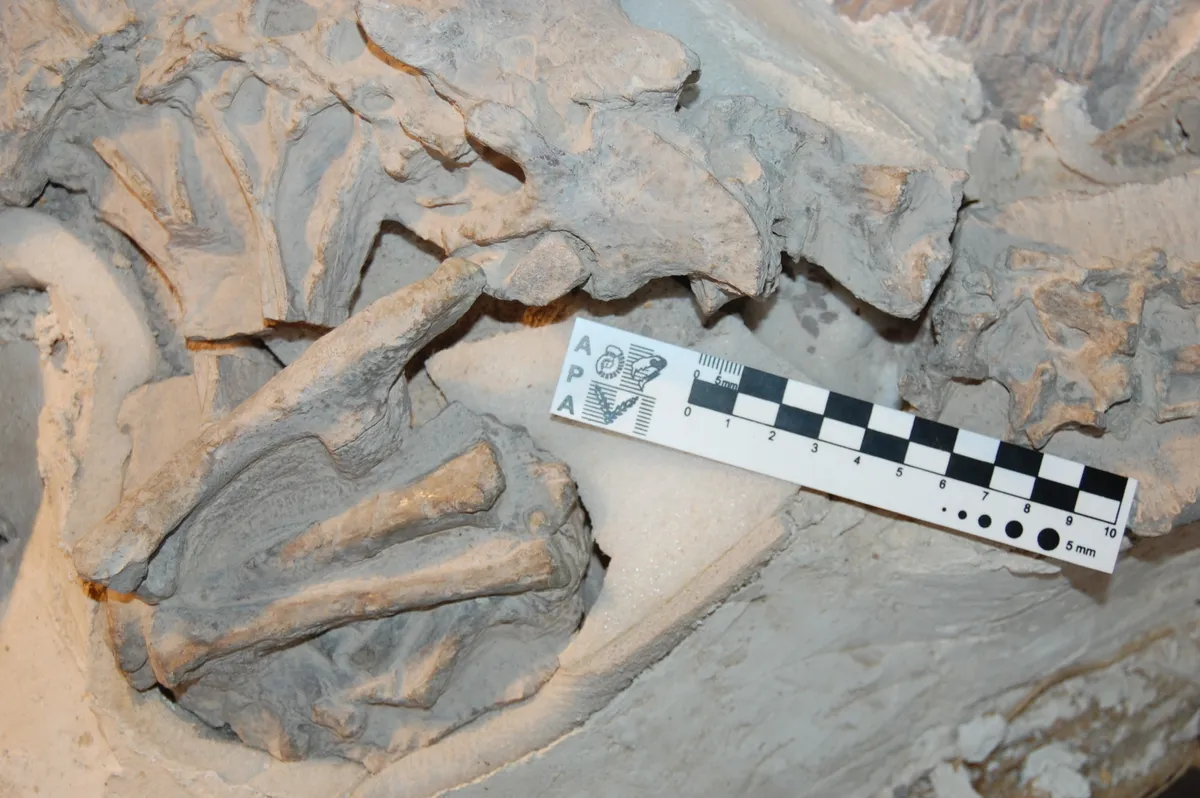Mussaurus patagonicus lived over 200 million years ago during the early Jurassic and this ground-breaking study may provide insight into the evolution of later dinosaurs.
At birth the species was about the size of a palm but grew to adulthood in just eight years and weighed over a tonne.
“Mussaurus switched from four legs as a baby to two legs by adulthood, much as humans do,” says author Dr Alejandro Otero.
“It is important to notice that such locomotor switching is rare in nature and the fact that we were able to recognize it in extinct forms like dinosaurs highlights the importance of our exciting findings.”

It might have barely been able to walk or run on two legs at the age of one, but would have only committed to being bipedal once it reached adulthood.
The study was conducted by an international team of researchers based at Argentina’s Museo de La Plata and National Scientific and Technical Research Council and at the Royal Veterinary College in London.
The team scanned key fossils of Mussaurus into 3D models, connected the bones into digital skeletons, and added soft tissue to estimate the shape of the body and its major segments such as head, neck, torso, tail and limbs.

These computer models were to estimate the body’s centre of mass which enabled them to test the walking strategies of Mussaurus at different stages of growth.
The 3D images showed that the changes undergone by the dinosaurs body meant that changes to their central mass changed how they walked.
“We created the first 3D representation of the major changes of body form and function across the growth of a dinosaur,” explains co-author Dr John Hutchinson.
“We were surprised to learn that enlargement of the tail and reduction of the neck had more of an effect on how Mussaurus stood than how long its forelimbs were, which is what people used to think.”

Carrying out this research has given the academics greater knowledge of why later dinosaurs, like Diplodocus and Brachiosaurus, remained on four limbs throughout their lives, as well.
The scientists are planning to use the computer models to simulate in greater detail how Mussaurus may have actually moved, such as how fast it could walk or run.
Read the full paper in Scientific Reports.
Main image: Mussaurus hatchling skeleton. © Dr Andrew Cuff